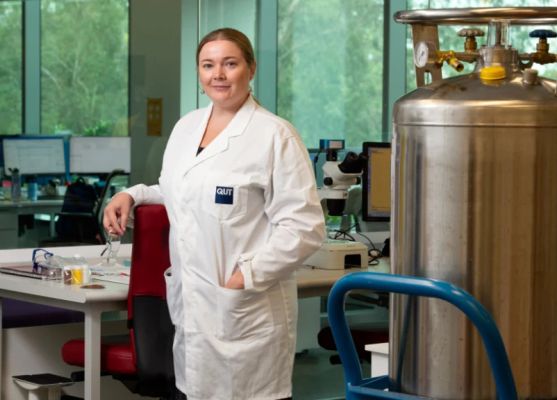New pilot plant to turn clay into batteries using machine learning
Queensland University of Technology researchers have partnered with industry to develop a new way to extract a key component for batteries three times easier than current methods.
QUT along with mining company Lava Blue and the Innovative Manufacturing Co-operative Research Centre has set up a pilot manufacturing plant to implement its new technique to extract high-purity alumina (HPA) from kaolin clay.
HPA is a key component in modern LEDs and lithium-ion batteries, which are used in a huge range of devices from mobile phones to electric cars.
Project leader Sara Couperthwaite said the process was greatly simplified from the current process to extract the material, which had multiple steps.
“Currently your [refining] process will produce alumina, which is then transformed into aluminium metal, and then someone buys that metal and converts it back into alumina,” Dr Couperthwaite said.
“So the current method puts the alumina though three separate industrial processes, to form the same process that we can form with one industrial process.”
Aluminium is usually refined from bauxite, an ore which is mined in several areas of the state, most notably around Weipa.
The two-year pilot plant study will be built at QUT’s Banyo Pilot Plant facility in Brisbane’s north.
The $4.45 million project includes $645,000 of matched funding from Lava Blue and the IMCRC.
The QUT process also uses machine learning to manage the exact cocktail of chemicals used to extract the alumina from the clay, and Dr Couperthwaite said there was potential for their methods to be expanded to other types of mineral extraction.
“Where the machine learning comes into it is we can put different types of clays into our process, and because we have that really fine control over the chemistry we’re much more versatile in what we can do,” she said.
“A lot of what my team does is take the underlying science, and try to translate that to outcomes for communities and businesses.”

